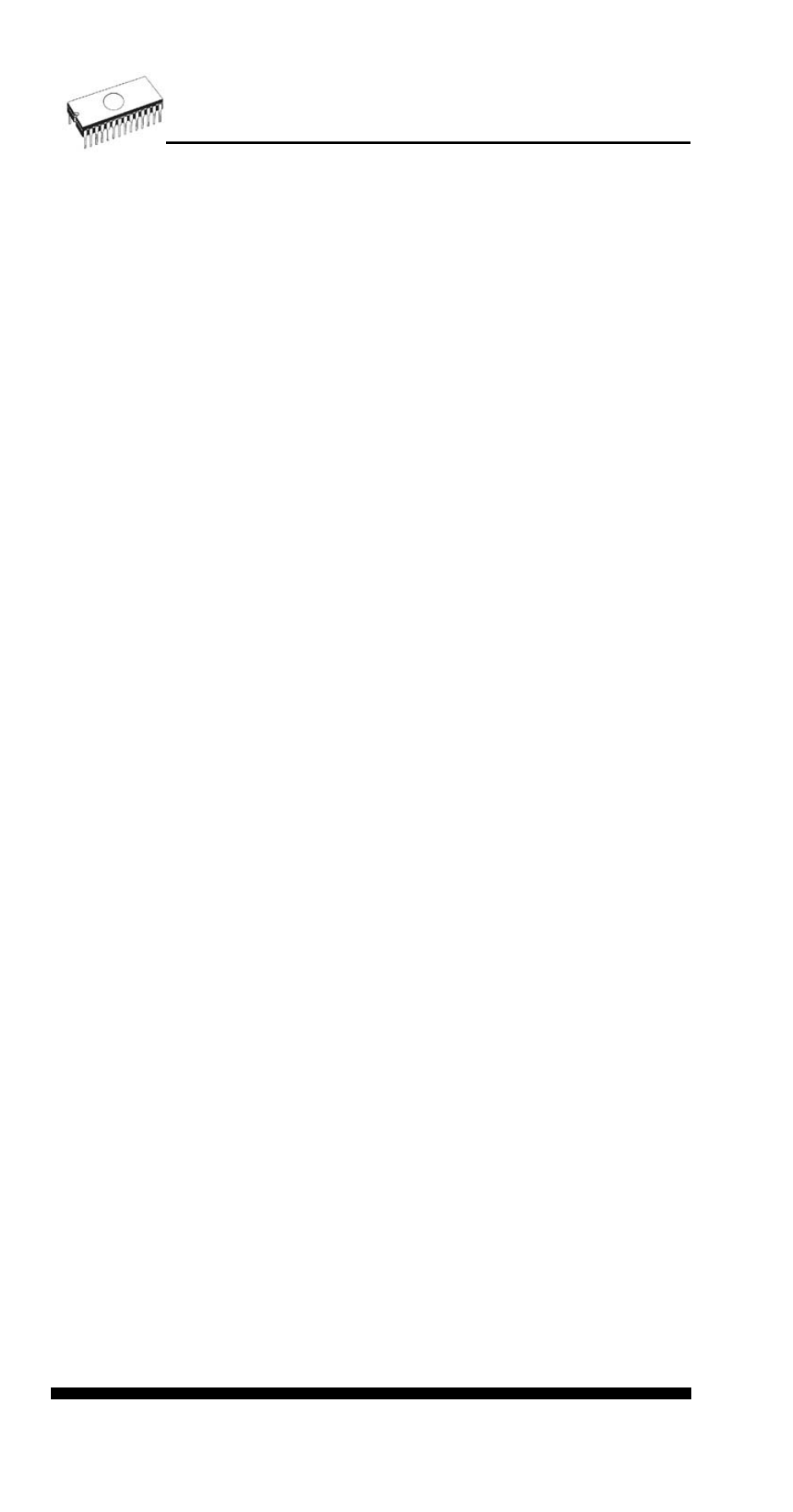Dataman 48Pro User Manual
Page 56

The Incremental mode enables to assign individual serial
numbers to each programmed device. A starting number
entered by user will be incremented by specified step for
each device program operation and loaded in selected
format to specified buffer address prior to programming of
each device.
There are following options, that user can modify for
incremental mode:
S / N size
S / N size option defines the number of bytes of serial value
which will be written to buffer. For Bin (binary) serialization
modes values 1-4 are valid for S / N size and for ASCII
serialization modes values 1-8 are valid for S / N size.
Address
Address option specifies the buffer address, where serial
value has to be written. Note that address range must be
inside the device start and device end addresses. Address
must be correctly specified so the last (highest or lowest)
byte of serial value must be inside device start and device
end address range.
Start value
Start value option specifies the initial value, from which
serialization will start. Generally, the max. value for
serialization is $1FFFFFFF in 32 bit long word.
When the actual serial value exceeds maximum value,
three most significant bits of serial number are set to zero.
After this action the number is always inside 0..$1FFFFFFF
interval (this is basic style of overflow handling).
Step
Step options specify the increment step of serial value
incrementation.
S / N mode
S / N mode option defines the form in which serial value
has to be written to buffer. Two options are available:
• ASCII
• Bin
ASCII - means the serial number is written to buffer as
ASCII string. For example number $0528CD is in ASCII
mode written to buffer as 30h 35h 32h 38h 43h 44h (‘0’ ‘5’
‘2’ ‘8’ ‘C’ ‘D’), i.e. six bytes.
Bin - means the serial number is written directly to buffer. If
the serial number has more than one byte length, it can be
written in one of two possible byte orders. The byte order
can be changed in „Save to buffer“ item.
56
